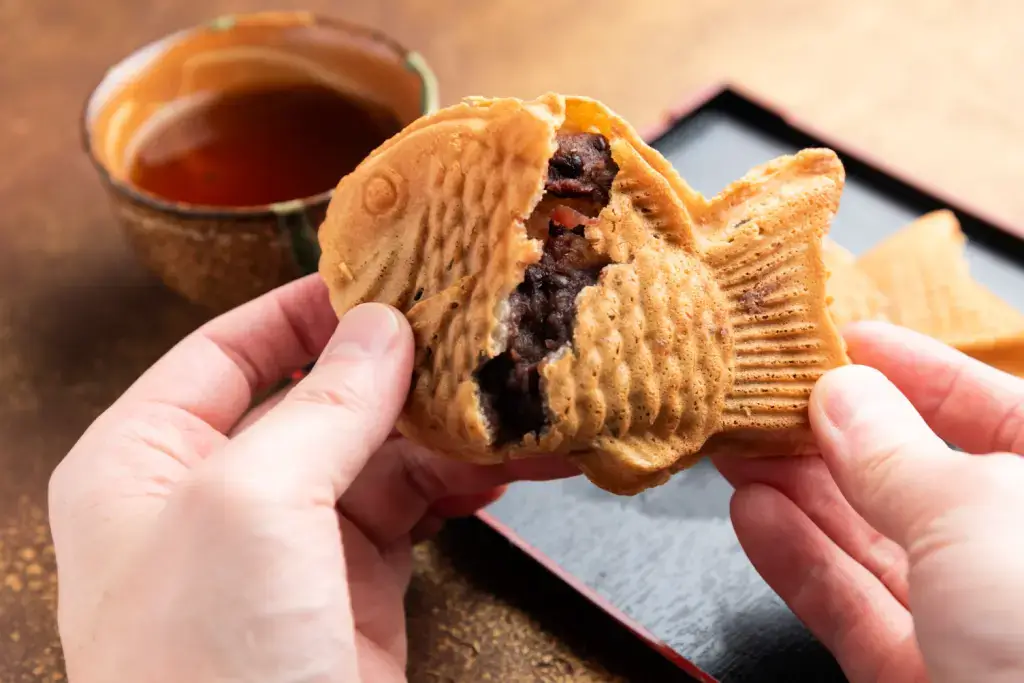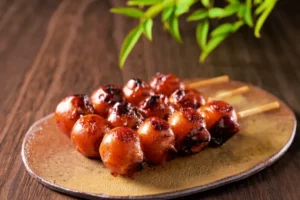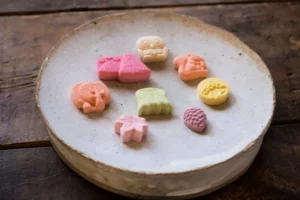Exploring traditional Japanese food is a voyage through centuries of culinary art and culture. Subscription boxes make this adventure easier, delivering Japan’s rich snack culture to your doorstep. Let’s explore five classic Japanese snacks, each a delicious mix of flavor, tradition, and history!
Table of Contents
ToggleMonaka
Monaka is a delicious crispy wafer shell with a sweet bean paste filling. This tasty treat originated in the late Edo period (1603-1868) as an example of culinary craftsmanship. Many people like monaka because of its contrasting textures and flavors. The outer wafer shell also provides a satisfying crunch that gives way to a smooth, creamy filling.
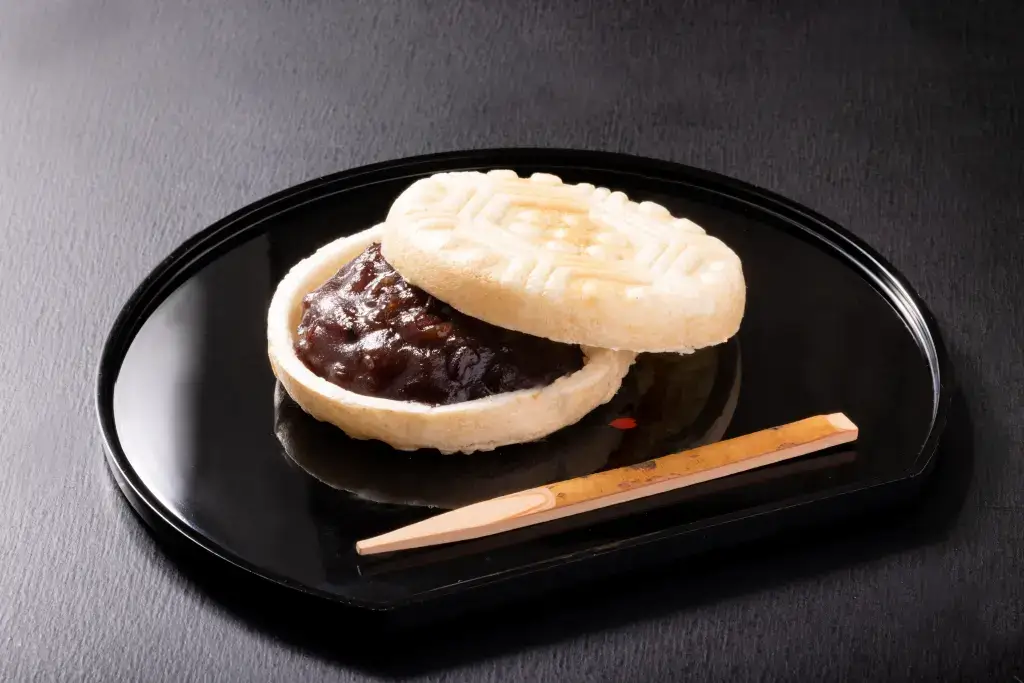
More specifically, the crispy exterior harmonizes perfectly with the sweet bean paste interior, creating a unique and delightful taste experience. While rooted in Japanese tradition, monaka has a widespread appeal that transcends generations and cultures. All in all, each bite offers a delicious journey, with the sweetness dancing on your taste buds and leaving you with a lingering sense of satisfaction.
Arare
Arare are exquisite Japanese rice crackers. These delectable snacks are celebrated for their elegance and sophistication. Each arare cracker is a tiny masterpiece, crafted with precision and care to achieve the perfect balance of flavor and texture. When you bite into one, you’re greeted with a symphony of tastes – some are savory with a rich soy sauce essence, while others offer a subtle sweetness that lingers pleasantly on the palate.
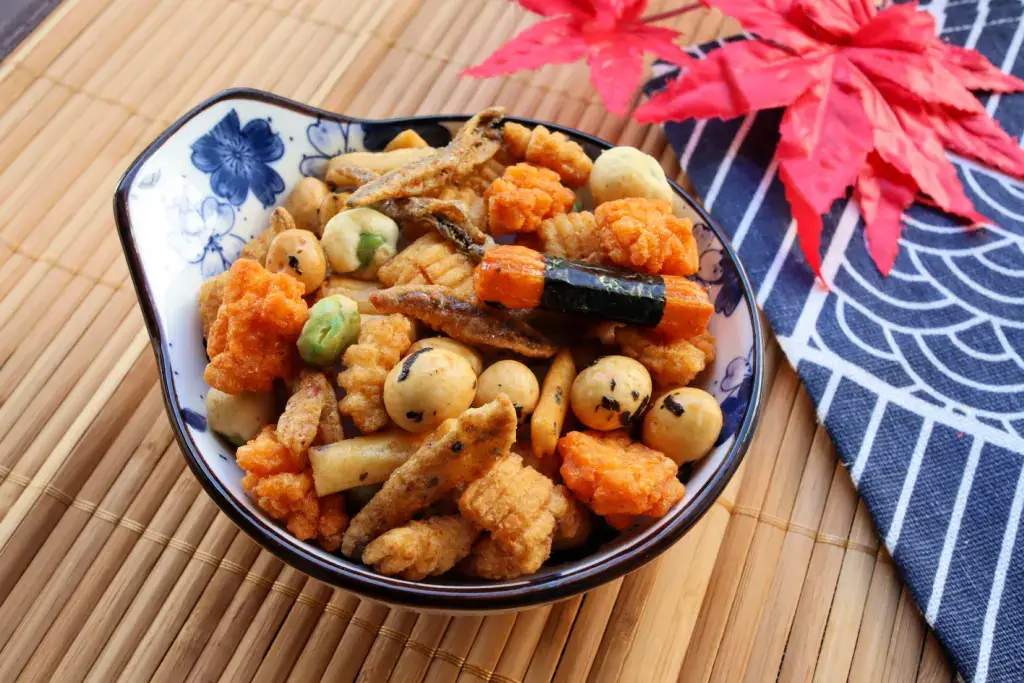
What truly makes arare special is the artistry behind their creation. Every cracker showcases the skill and dedication of its maker, representing centuries of rich Japanese culinary heritage and tradition in each delicate bite. The craftsmanship in making arare is a testament to Japan’s dedication to culinary excellence.
Dorayaki
Dorayaki perfectly captures the essence of comfort in Japanese cuisine. They are delectable pancake sandwiches with sweet red bean paste and enjoyed for generations. According to legend, dorayaki originated when a samurai seeking refuge in a rural village was welcomed by a gracious elder who served him pancakes filled with luscious red bean paste. From this serendipitous encounter, the culinary treasure of dorayaki, steeped in tradition, was born.
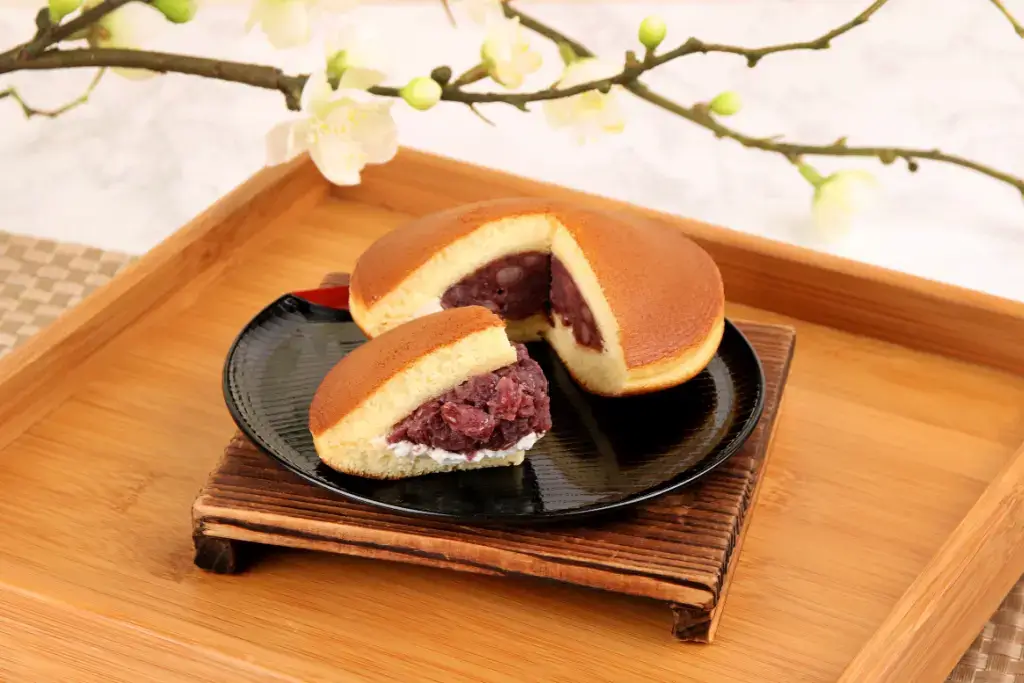
Today, dorayaki remains a symbol of warmth and nostalgia. Its comforting flavors beckon to weary souls, promising solace. This is because each bite evokes memories of simpler times, shared laughter, and cherished moments. Dorayaki undoubtedly provides a gentle reminder of the joys of life’s simple pleasures. Steeped in history yet timelessly appealing, dorayaki continues to delight generation after generation with its delicious blend of pancake and sweet bean filling. This humble treat embodies the warmth and comfort of Japanese cuisine.
Are you looking for great traditional Japanese food? Check out Sakuraco! Sakuraco delivers traditional Japanese snacks, teas, sweets, and snacks from local Japanese makers directly to your door so you can enjoy the latest treats from Japan!
Tea
No exploration of Japanese snacks is complete without mentioning tea, a cornerstone of Japanese culture and hospitality. Japanese tea generally offers an unparalleled sensory journey from the vibrant green hues and earthy undertones of matcha to the delicate fragrance and subtle sweetness of sencha. But beyond mere flavor, tea embodies a deeper significance in Japanese society, symbolizing harmony, purity, and tranquility.
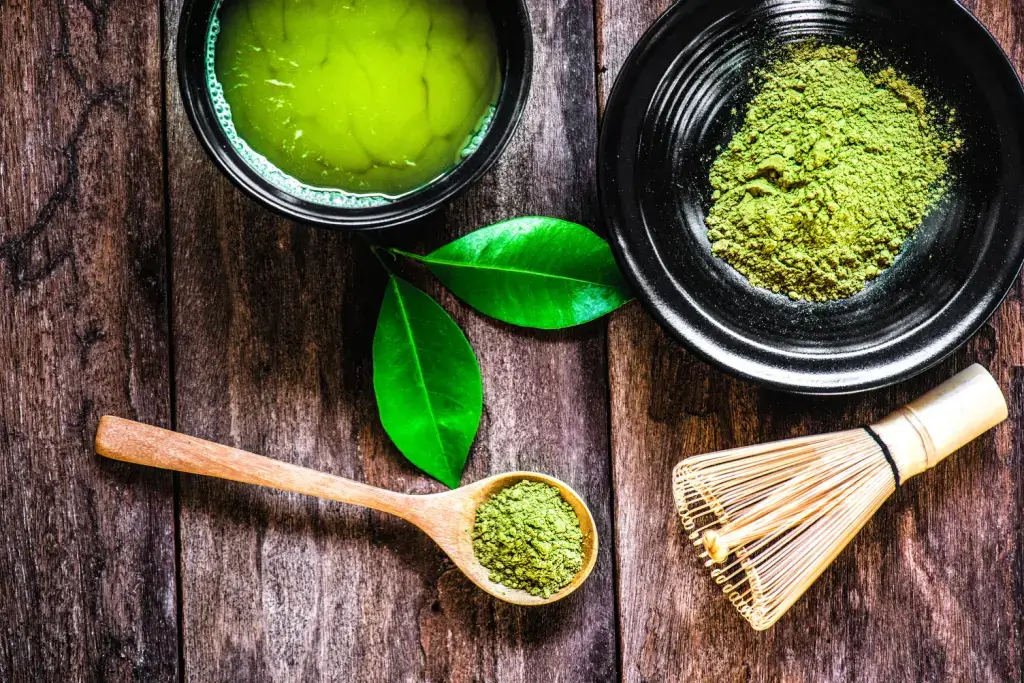
It serves as a drink for connection, whether shared during intimate gatherings or presented in formal tea ceremonies, where every gesture is imbued with mindfulness and respect. With each sip, one can’t help but appreciate the simple yet profound moments that tea brings.
Senbei
Last, we have senbei, savory rice crackers that have endured as a beloved snack in Japanese households. From the Edo period, senbei has evolved from humble street food to gourmet delicacies cherished across Japan. Not to mention, it comes in all different flavors!
Some are lightly salted crackers, highlighting the nutty rice flavor. Other senbei are also boldly seasoned, containing robust flavors like soy sauce, nori, curry, and wasabi. However, certain types even use brown rice, adding nuttiness and texture. However, some of the most unique ones have sesame seeds or shrimp, giving an extra flavor punch.
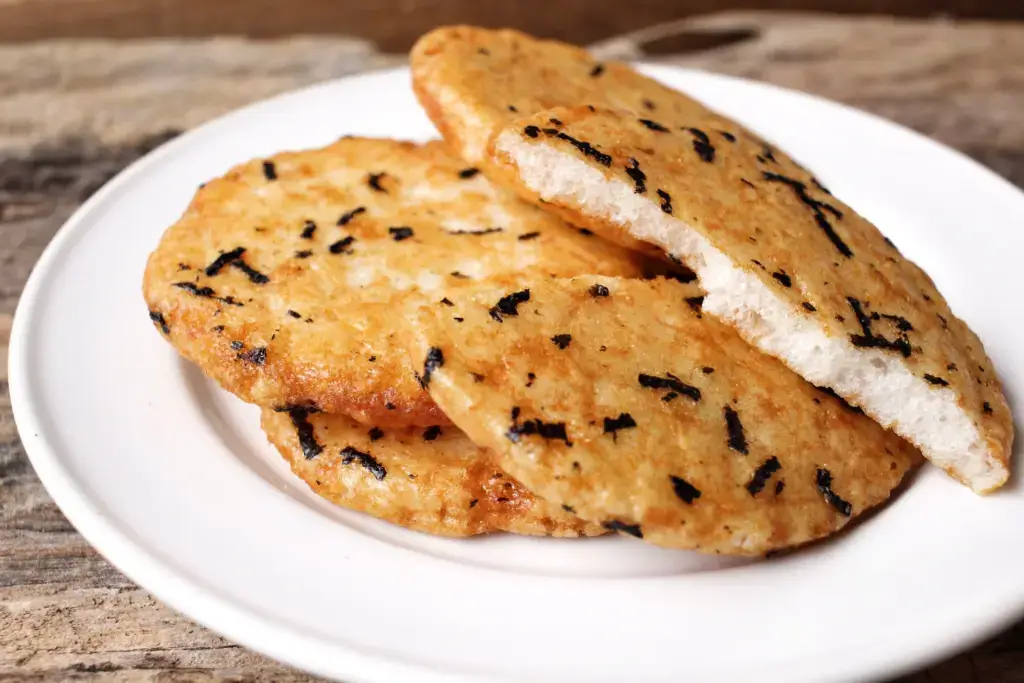
Generally, making traditional senbei is an art form steeped in centuries of tradition. Master artisans carefully craft each cracker by hand, using techniques passed down for generations. They cook the rice, knead the dough, then mold and bake it to achieve the perfect crisp texture. As a result, the senbei has a satisfying crunch and depth of flavor that delights the senses with every bite!
Beyond just a snack, senbei holds cultural significance in Japan. Most people eat it during the New Year celebrations and give it as a special gift. The crisp texture symbolizes perseverance and prosperity in the coming year. Senbei’s enduring popularity showcases Japan’s deep appreciation for culinary traditions and artisanal craftsmanship.
Why should I try this traditional Japanese food?
You should try traditional Japanese food because it offers a glimpse into a culinary heritage defined by craftsmanship, tradition, and reverence for nature’s bounty. From the delicate sweetness of monaka to the hearty crunch of senbei, each snack tells a story, inviting you to savor the essence of Japan’s rich cultural tapestry.
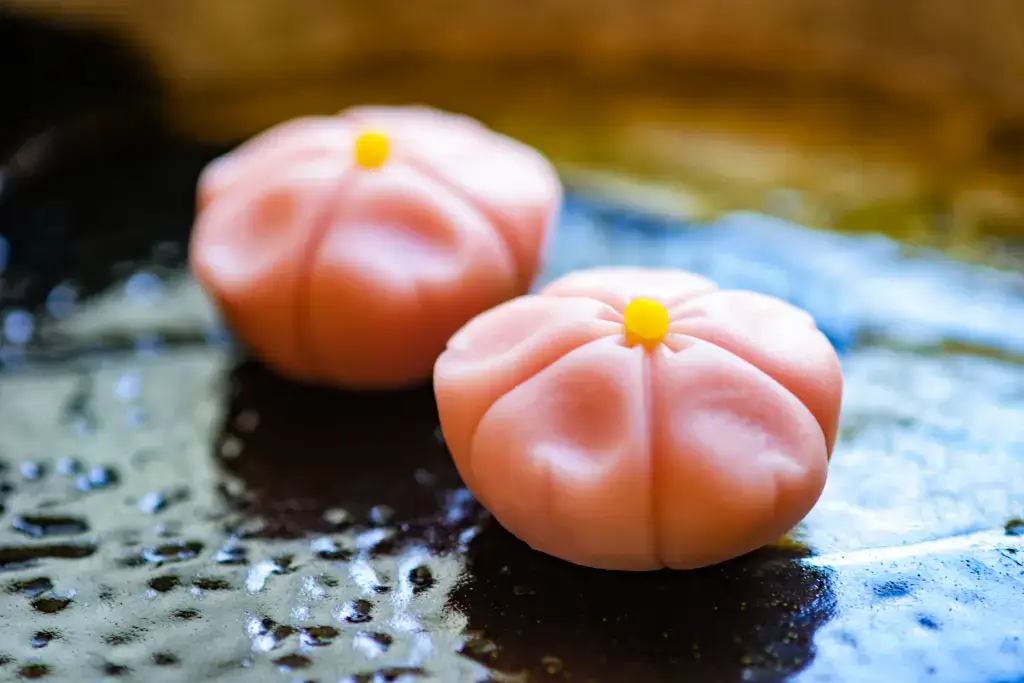
Have you tried any of these delightful snacks? What other Japanese delicacies also pique your curiosity? Let us keep this conversation going and celebrate the beauty of Japanese cuisine together. Share your thoughts and experiences in the comments below! Whether you are a seasoned fan or new to these treats, there is always something wonderful to discover in the world of Japanese snacks.


